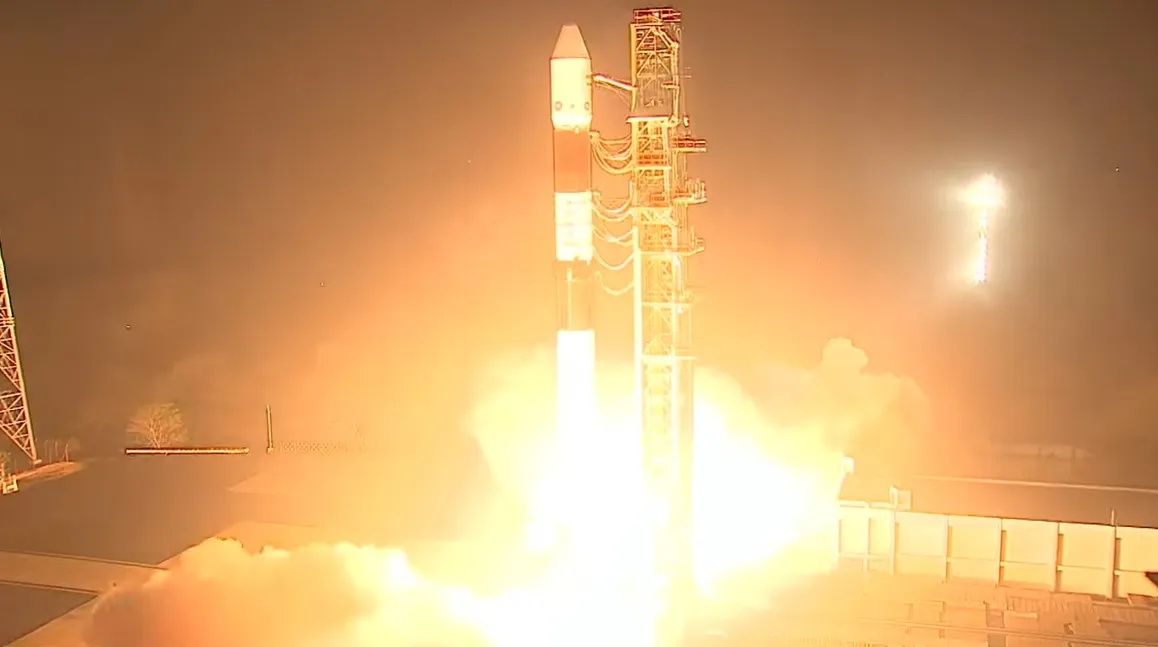
ISRO achieves a historic milestone with the successful on-orbit docking of the SpaDeX satellites on January 16, 2025, advancing India's space exploration capabilities
ISRO’s Pioneering On-Orbit Docking: A New Era in India’s Space Exploration
ISRO’s Historic On-Orbit Docking: A Game-Changer for India’s Space Ambitions
India’s space exploration took a monumental leap forward with ISRO’s historic on-orbit docking. This achievement not only highlights India’s growing capabilities in space technology but also sets the stage for ambitious future missions, including human spaceflight and deep-space exploration.
The Successful SpaDeX Mission: A Key Milestone
On December 30, 2024, ISRO launched the Space Docking Experiment (SpaDeX) aboard the PSLV rocket from the Satish Dhawan Space Centre. The experiment involved two 220-kilogram satellites, named “Chaser” (SDX01) and “Target” (SDX02). These satellites were maneuvered into orbits approximately 475 kilometers above Earth, where the on-orbit docking was successfully completed on January 16, 2025.
This docking makes India the fourth country, following the United States, Russia, and China, to achieve such a feat in space.
Importance of On-Orbit Docking for Future Missions
The success of ISRO’s historic on-orbit docking is pivotal for several reasons:
- Satellite Servicing: On-orbit docking enables satellites to be serviced and refueled, extending their operational lifespans and enhancing their capabilities.
- Space Station Operations: The technology is crucial for the planned Bharatiya Antariksha Station, India’s own space station, expected to be operational by 2035.
- Human Spaceflight: For India’s Gaganyaan program, which aims to send astronauts into space by 2026, mastering docking technology is essential for crewed missions.
Advancements in Indigenous Technology
The SpaDeX mission showcased advanced indigenous technologies, including a low-impact docking system with an approach velocity of about 10 millimeters per second. It also employed a Laser Range Finder (LRF), Corner Cube Retro Reflectors, and a GNSS-based Relative Orbit Determination and Propagation (RODP) processor, ensuring precise docking maneuvers.
Future Prospects: ISRO’s Upcoming Missions
Following the success of ISRO’s historic on-orbit docking, several significant missions are on the horizon:
- GSLV-F16 Mission: Scheduled for February 2025, this mission will launch the NISAR satellite, developed in collaboration with NASA, to enhance Earth observation capabilities.
- Commercial LVM3-M5 Mission: This mission, set for March 2025, will deploy BlueBird Block-2 satellites, marking a significant step in commercial space ventures.
Moreover, the Indian government has approved the construction of a third launch pad at the Satish Dhawan Space Centre. This new infrastructure will support next-generation launch vehicles and enhance India’s overall launch capacity.
A Bright Future for India’s Space Exploration
ISRO’s historic on-orbit docking is more than just a technological achievement; it’s a testament to India’s growing prowess in space exploration. This milestone lays a strong foundation for future missions, from human spaceflight to lunar exploration and beyond. As ISRO continues to push boundaries, India is poised to become a leading player in the global space industry.
Stay up-to-date with News IQ for all the latest on India’s space missions. Get breaking news, expert insights, and exclusive content on the future of space exploration.



